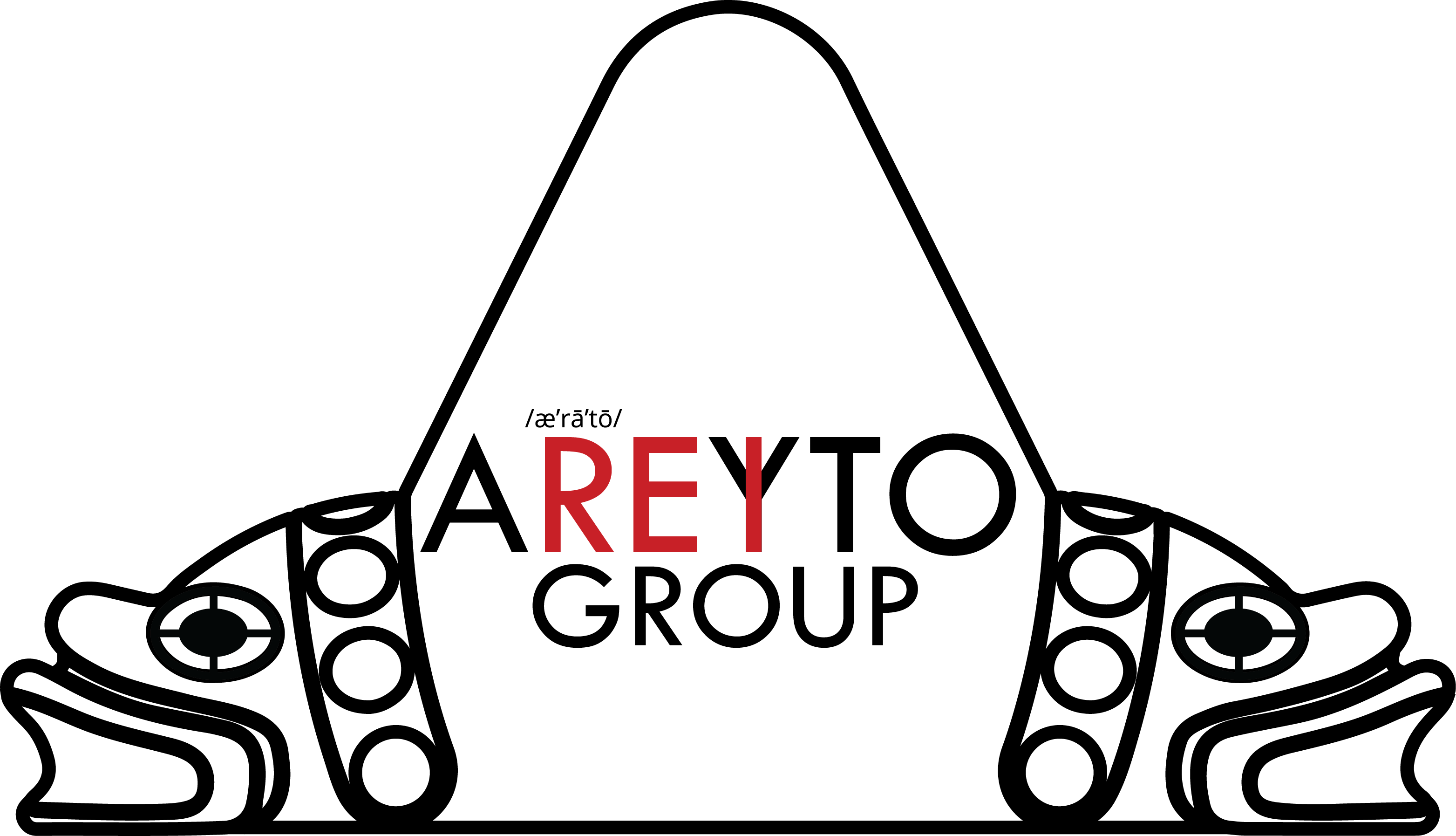 “gemba”, like many terms used in the Lean philosophy, is a Japanese word.
“gemba”, like many terms used in the Lean philosophy, is a Japanese word.
gemba noun
: the real place; the place where the action is; used in business to refer to the place where value is created or where the work is actually taking place
During a recent improvement project at a hospital, I was part of a team tasked with mapping a process for cleaning out intubation scopes. Our client had gone very briefly over the process during our introductory meeting and we had arranged to talk to one of the anesthesia techs who actually performed the process on a routine basis. I had taken notes feverishly during our introductory meeting so that we had put a preliminary Process Map together. That way, we did not have to start with a blank page, but actually could scratch things off and/or add onto this preliminary map.
On the days leading to the actual mapping exercise, one of the team members had said that the plan was to just go to a conference room near the OR suite with the anesthesia tech and “walk the process” with him. I thought, “How are we going to walk a process from a conference room?” I was disappointed by her suggestion, since I have always believed that if you are going to “walk a process”, you must do so at the gemba.
On the day of the mapping event, I got there early and changed into scrubs, showing my willingness to go to the gemba and experience the process as it is performed. Another team member arrived and proceeded to change into scrubs as well. Then the anesthesia tech came and asked, “Are you guys ready?” I responded, “Are we going into the room?” And he replied, “Yes!”, but his face really meant, “Of course!” I was really excited! When the team member that had suggested going to a conference room arrived, we were all in scrubs and ready to go, so, she changed as well. We then went into the OR suite and inside the room where the scope cleaning process is carried out and observed the anesthesia tech perform each step of the process in the exact location, with the exact tools and materials he normally uses.
There is no substitute for this! There is no substitute for the gemba. Anytime you want to see and understand what is going on in a process, whatever this process is, you must observe the real process as it is happening in order to get all the information and all the details. Otherwise you might get what people think the process is, or even worse, what the process should be, but not what it really is.
If you find yourself part of an improvement team or even if you are a leader curious to learn about a process in your organization, don’t grab the phone and talk about the process. Do not schedule a meeting in a conference room far removed from where the process actually happens. Go to the gemba! If you find the members of the team are reluctant, find out why that is.
- Is it that they fear that the front line staff or floor operators will feel intimidated or watched?
- Is it that they would have to spend a little more time walking to the shop floor and they feel they do not want to “waste” this time?
- Is it that they are not sure where the process is performed or that it is a fragmented process performed all over the place?
You must question the resistance to go to the gemba to observe the process, because by asking these questions, you may uncover deeper, more severe problems than your broken process. If, for instance, you answer “Yes” to any of the first two questions above, you have cultural issues that need to be addressed far more urgently than fixing your broken process, or at least, just as urgent.
What are your experiences at the gemba? What have you learned that you would not have learned had you not gone to the gemba?
